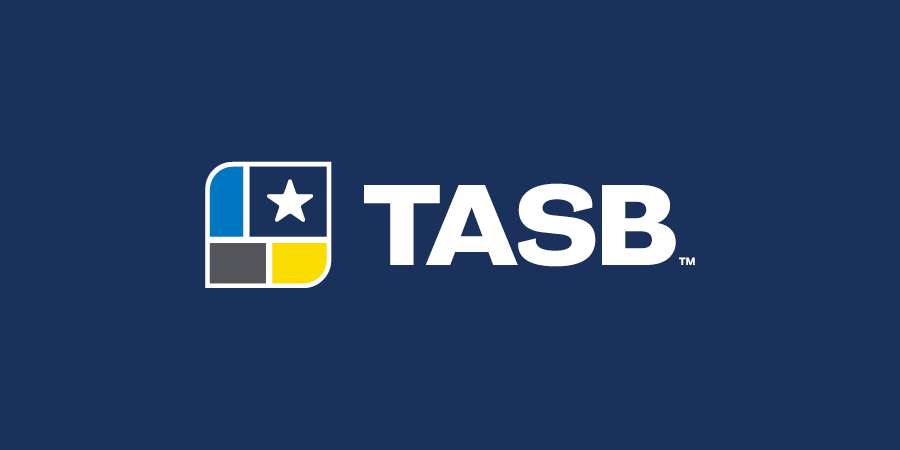Building Advocacy Support Through Communications
TASB gains input from member school boards from across Texas for consideration in the Advocacy Agenda, which is officially approved by Delegate Assembly. Once that two-year action plan is in place, it’s also TASB’s responsibility to keep members informed about its advocacy efforts.
That has long been a priority at TASB, but the way the Association has communicated advocacy developments to members has evolved over the years as it has capitalized on improved outreach tools.
In the Association’s early days, keeping members up to date on legislative actions that could impact their schools was a challenge. Coverage in printed publications and mailed letters could be too slow, and maintaining a physical presence at the Capitol was impossible for many members.
All that changed with the internet. Late-breaking legislative news became available on the TASB website for the first time in 1997, allowing members to respond quickly. That same year, TASB Governmental Relations added a newsgroup and legislative bill tracking system. In 2001, TASB’s School Board Advocacy Network began using an online tool that helped SBAN members learn about and react to important legislative issues and easily contact legislators.
Broad use of the internet not only helped members build stronger advocacy efforts, it also helped TASB spread the good news about public education in Texas. “The internet created opportunities for us to promote schools far more broadly than before,” said Karen Strong, former associate executive director of communications and public relations at TASB. “In the early days, we had to buy ads in major newspapers in the state, and that was horribly expensive. So, technology opened up access and helped us increase the frequency of our voice to more varied audiences.”
An important part of TASB’s advocacy process has been to clarify the advantages of public education and debunk myths perpetuated about Texas public schools. Communications technology has played a huge part in furthering that objective.
For example, in 1994, TASB hosted its first Pathfinder teleconference, The Big Lie About Public Schools, to shed light on the facts. In 2013, TASB launched the Truth About Schools website to point out incorrect information being shared within the Texas Legislature. The site became a reliable source for the media to confirm facts. In recent years, the TASB Talks podcast has helped explicate education issues being addressed in the Legislature.
To help increase awareness about public education issues in the state, the Texans for Strong Public Schools site shares facts and allows citizens to easily contact their legislators. More than 285,000 letters were sent to lawmakers during the recent 88th Legislature. Since 2017, more than 425,000 letters have been sent to state lawmakers on behalf of public schools through the program.
“We at TASB are committed to getting the word out about public school accomplishments and challenges as well as helping communities understand the possible effects of proposed legislation,” said Tiffany Dunne-Oldfield, TASB deputy executive director. “An essential tool in those efforts will always be the latest technology to help us communicate quickly and broadly.”
Photo: James Matlock, a Hutto ISD trustee, asks a question at the 2023 Delegate Assembly.
Melissa Locke Roberts
Melissa Locke Roberts is a staff writer for Texas Lone Star.




